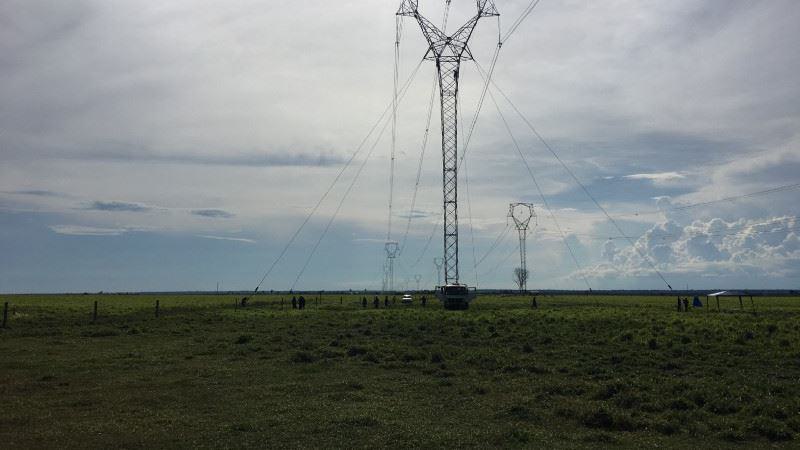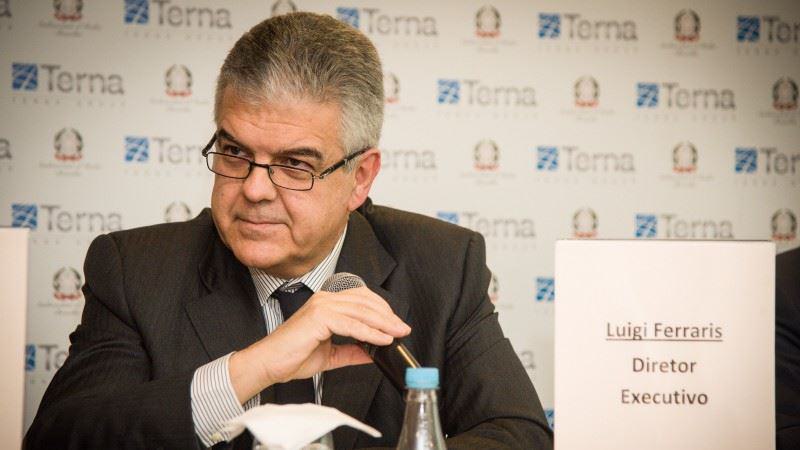It has an evocative name, Santa Maria 3 – Santo Angelo 2, and a critical mission: to connect a large complex of renewable energy plants (largely wind power) located across the southern state of Rio Grande do Sul to the Brazilian electricity grid.
This 158-kilometre, 230-kilovolt power line is extremely important. The project was completed in 12 months (that’s two months early), thanks to the more than 500 technicians from 10 different companies who built the 322 pylons.




